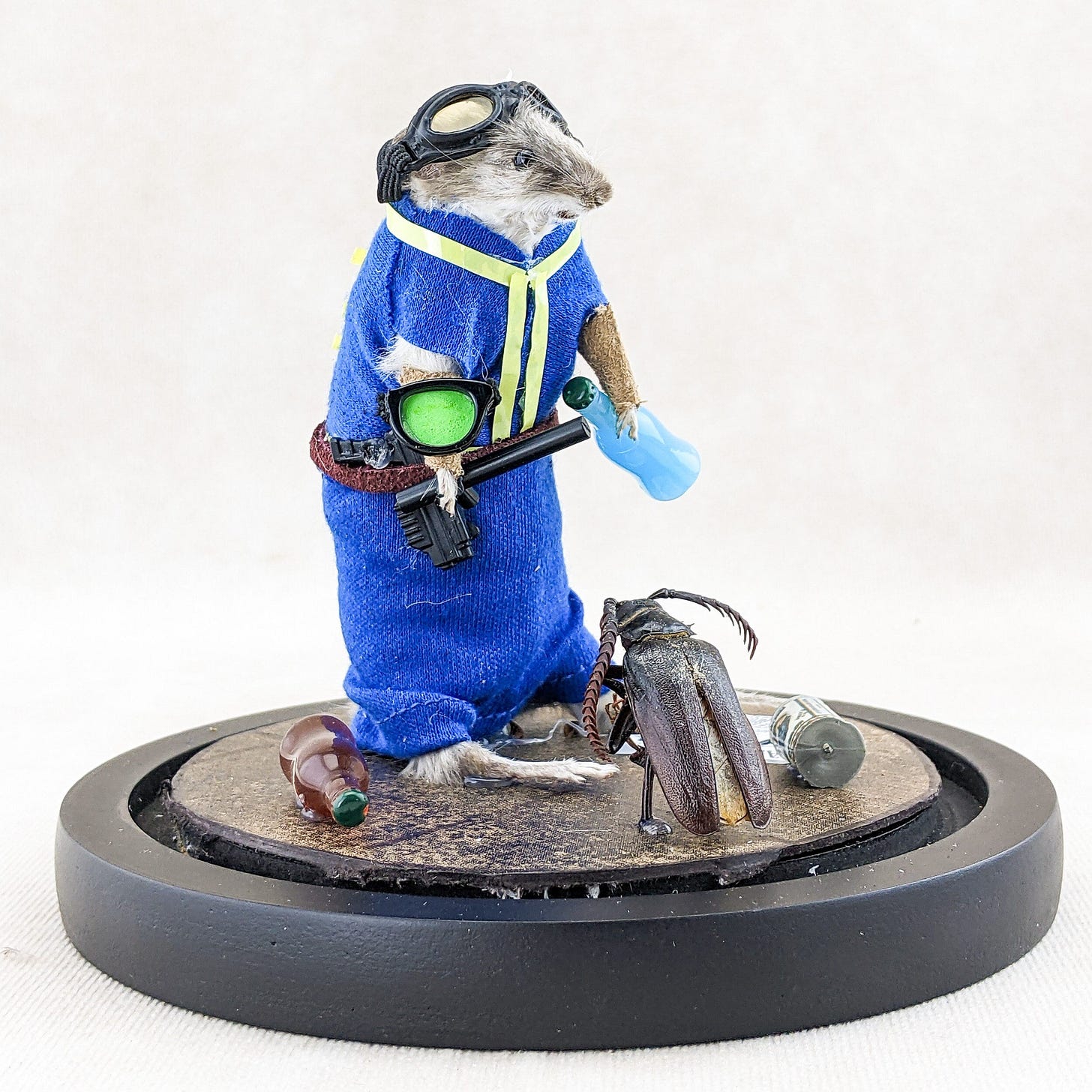Mice or Man: The Ultimate Specimen
Written by Fiona Nikolla
A dog, commonly referred to as, “a man’s best friend,” is often a companion that most people rely on throughout their lives. However, when it comes to the matter of ensuring quality control and the readiness of a product, who would you put through the trial phase? Surely not any helpless creature, let alone, your trustful companion. All large products and medical corporations are required to pass a series of tests by the FDA to ensure that all their goods are appropriate to be consumed or used by individuals. Though some people willingly volunteer to be a part of these trials, to ensure that no harm can be endured to someone, animals are usually used more. For instance, rodents are often used since they are often unwanted creatures in nature and are often readily available. As the common phrase a “lab rat” goes, rats and mice are specimens commonly used in testing and trials, since they are commonly regarded as the next creature that shares the most traits with humans.
Genetic Similarity:
Rats are perceived for their similarities to humans, making them helpful in distinguishing the reactions a person could have to a tested product. This is because humans and rats share a common percentage of genetics that supports not only biomedical research, but also how certain illnesses can affect the protein and genetic makeup of a specimen. Depending on how a disease reacts, this improves a better target for how a treatment can be conducted. According to the Smithsonian magazine, rats are, “perfectly suited for psychological experiments, especially considering their neural networks so closely resemble our own” (Schipani). Anatomical and physiological structure is key in noting how the rats can adapt to different environments; furthermore, how their inner networks physiological adapt to certain stressors, to which rats are easily trainable and obedient.
Ethics:
The concept of animal cruelty is widely controversial, especially amongst larger cosmetic, biomedical, and food companies. In the broader context, animal cruelty means neglectful, inhumane actions towards animals enduring any trial or clinical testing. While rats are often the main specimen of conduct, this category has even expanded to guinea pigs, rabbits, and even household pets such as dogs and cats, in rare instances. Although labs even specially breed certain rats and other animals they desire for testing, the question if this practice should continue is highly notorious, even though labs may specially request these animals. Despite this, others argue that animals purposely being used as a control variable in experiments, forces them to be separated from their natural environments, and this further limits their ability to develop core ecological skills. Many companies have learned to adapt to these accusations and have forfeit the use of any animal testing, altogether. However, other companies see animal testing as a cheaper, less risky alternative to truly observe the outcomes of their products. Though this dispute is still ongoing, each side has their own individual reasoning, and it is crucial to understand how the animal can and will potentially be affected.
A real man’s best friend is a companion that is ruthless and sticks with you through it all. The countless animals that have been endlessly evaluated on and have undergone trial after trial are the backbone of some of the most used everyday products. It is important to realize their contributions to the various fields of research, for they are the reason trials and further research can continue for the benefit of many individuals.
References
Schipani, Sam. “The History of the Lab Rat Is Full of Scientific Triumphs and Ethical Quandaries.” Smithsonian Magazine, 27 Feb. 2019, www.smithsonianmag.com/science-nature/history-lab-rat-scientific-triumphs-ethical-quandaries-180971533/.
“Understanding Animal Testing.” Cruelty Free, www.crueltyfree.us/about-cruelty-free/understanding-animal-testing/. Accessed 26 July 2024.
Written by Fiona Nikolla from MEDILOQUY


